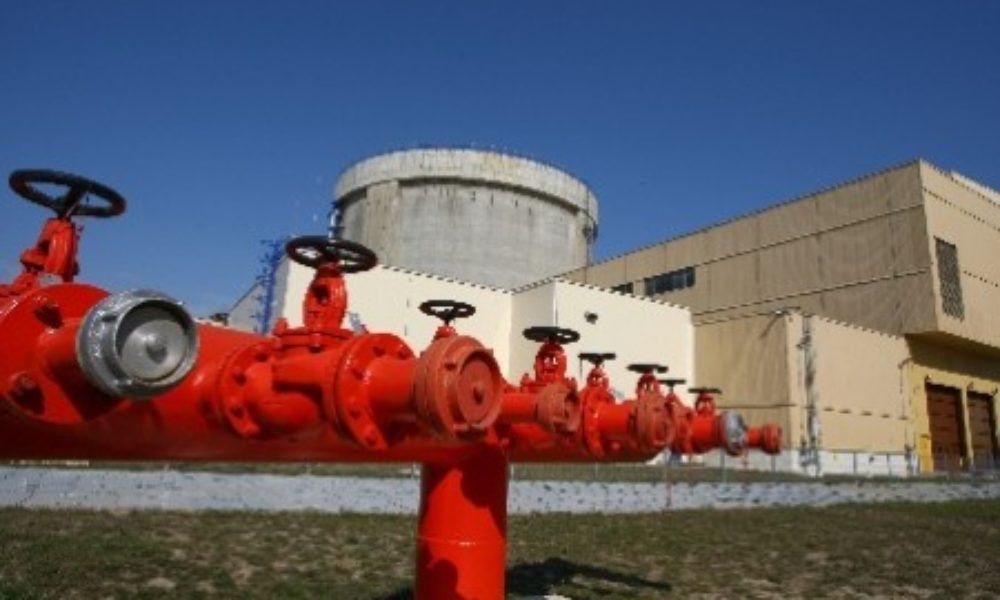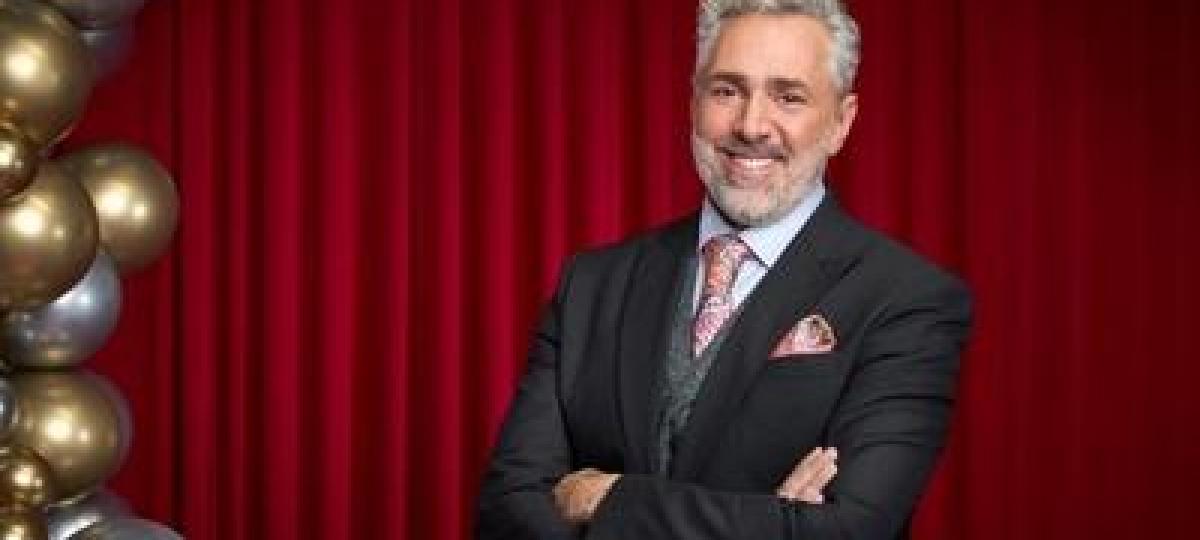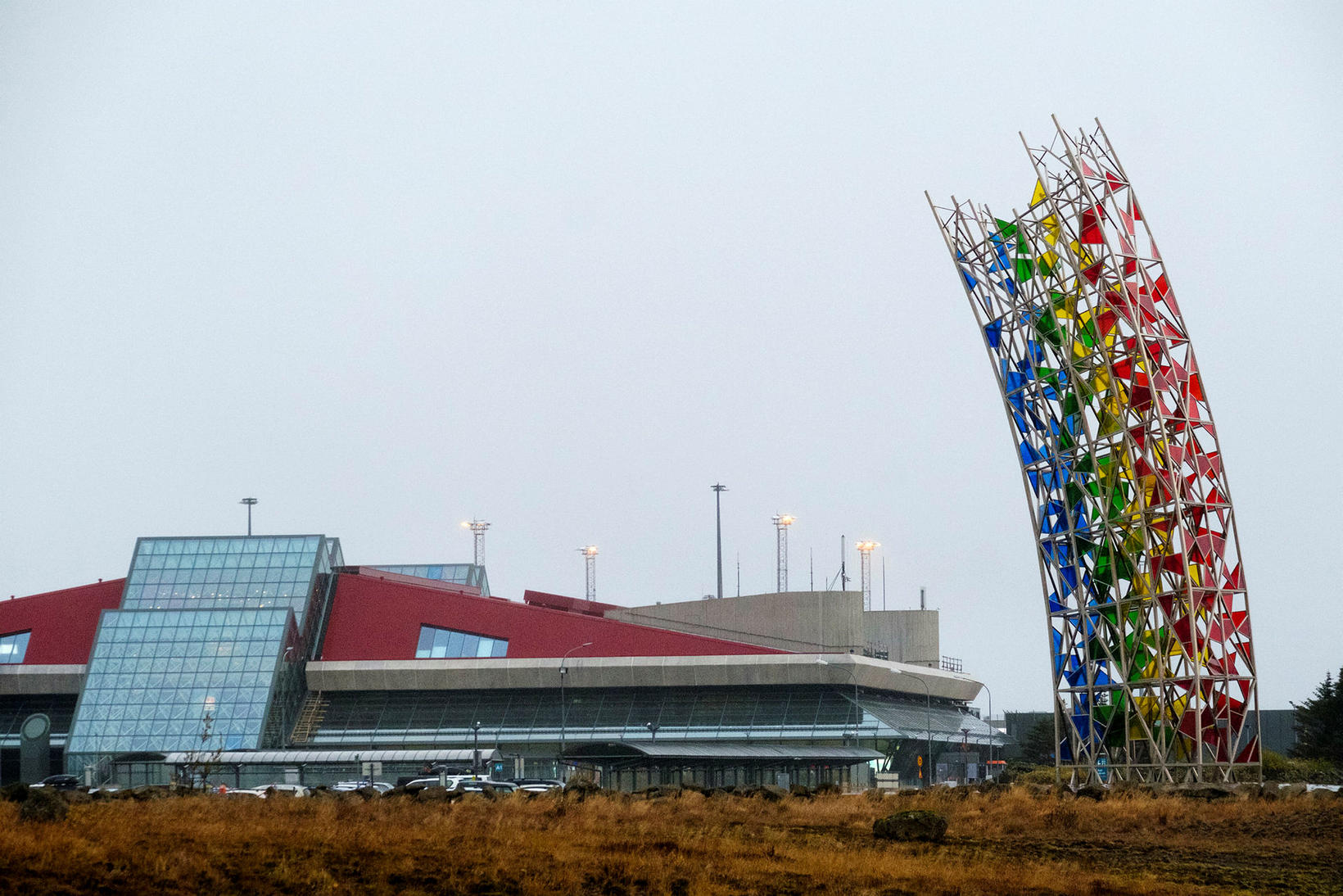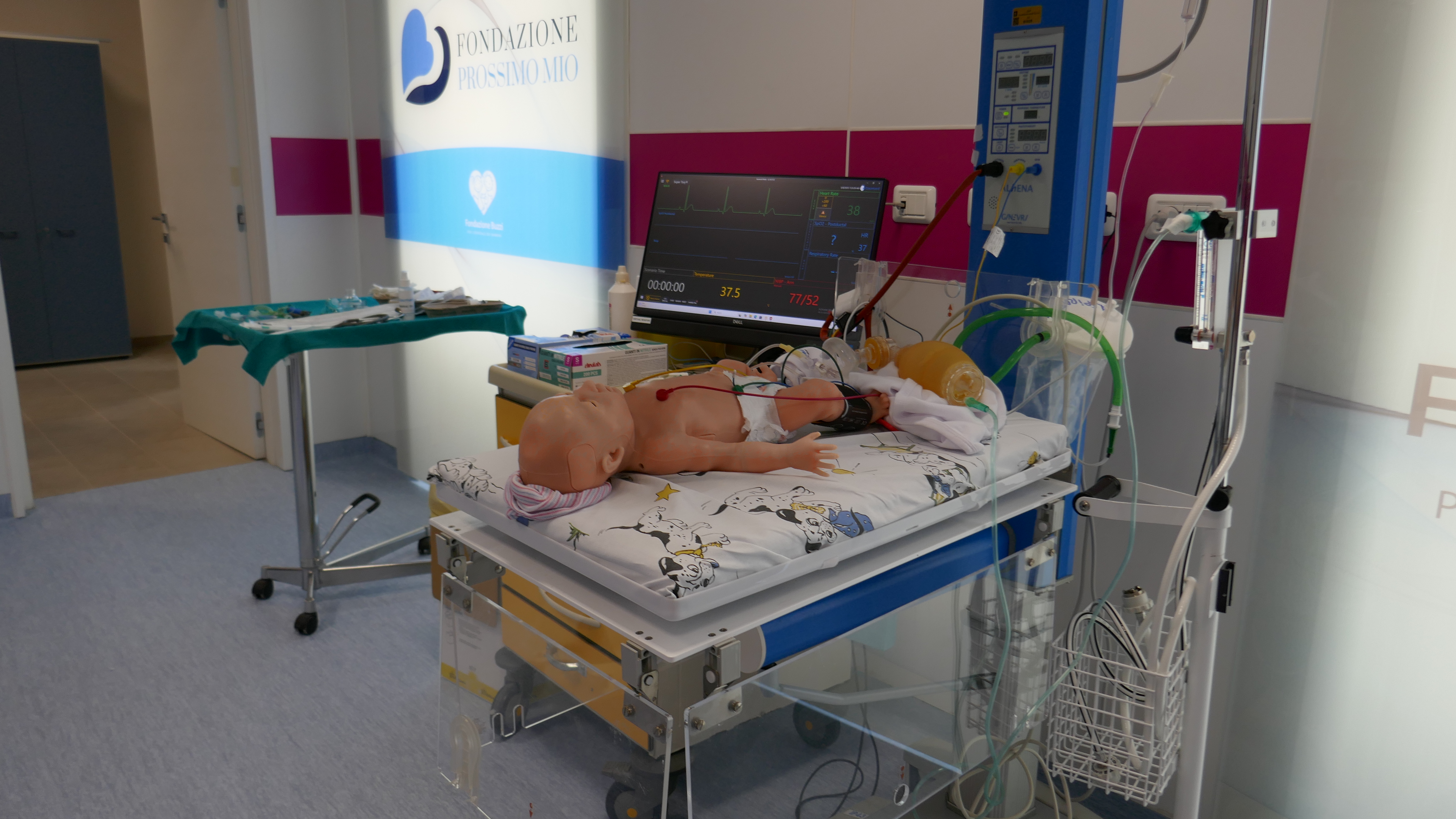Architect Ion D. Berindey, restored to life with artificial intelligence (video)
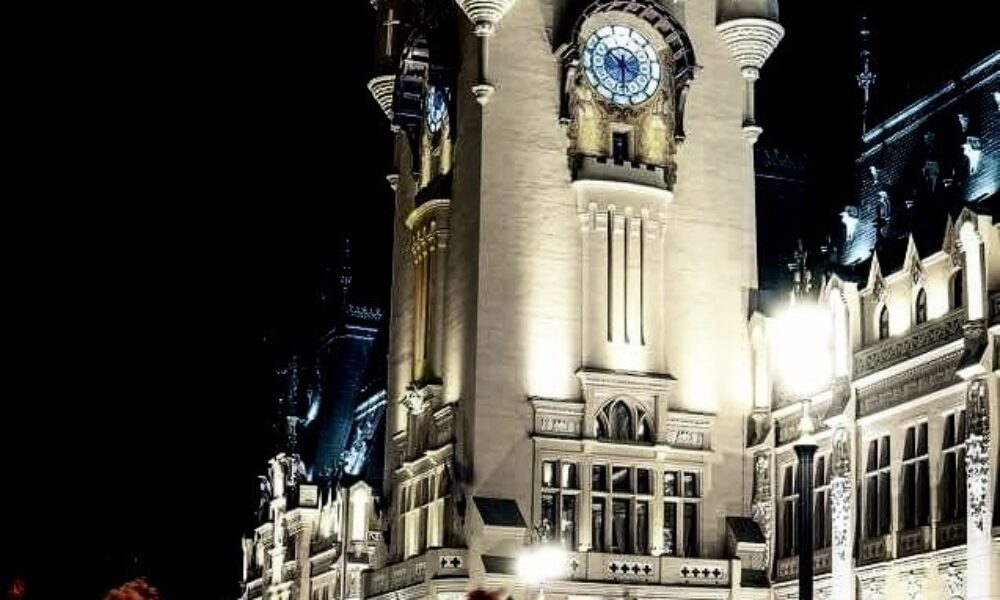
The wonders of technology. The architect of the Palace of Culture in Iasi, Ion D. Berindeyhas been brought back to life through artificial hologragy and intelligence and welcomes, starting on Friday, the visitors of the cultural edifice, answers questions and can even recite poems if requested.
Visitors of the Palace of Culture have the unique opportunity in Romania to interact with a hologram in the natural size of the architect Ion D. Berindey, who more than a century ago coordinated the construction of the emblem building.
‘This interactive hologram is not only a simple projection – it is integrated with artificial intelligence, being able to answer in real time the questions of visitors in three languages: Romanian, English and French. Thus, tourists can communicate directly with the ‘Architect’ Berindey to find out about the program of visiting the Palace of Culture, ticket prices and discounts, information about current and permanent exhibitions, details about the history of the palace and the construction process’, said on Friday, for Agerpres, Andrei Gheorghiță, the representative of the Start-up that developed Info-Hologram.
The hologram of the architect Berindey provides the Info Point at the Palace of Culture both in Romanian, English and French.
Everything happens with the help of state -of -the -art technology but also with the help of artificial intelligence.
‘The virtual assistant can tell us any information related to the Palace of Culture and at the same time any information of everything that means culture in Iasi, but also in Romania. He has been limited, restricted, not to answer difficult questions or questions that do not have their place within the National Museum Museum Complex, such as those related to politics. Artificial intelligence is part of our lives, it is no longer something we look at in the future because it is here, and, more than that, it can provide us with information at any time and at any time in several languages of international circulation, « said Andrei Gheorghiță.
The project is carried out by a company from Iași, some of the team members being graduates of the Faculty of Bioengineering.
‘This type of implementation is a concrete example of digital transformation of cultural spaces, where history comes to life through technology, and interaction becomes an essential part of the visit. Through this project, Hololine not only uses cultural heritage in a modern and accessible way, but creates a bridge between the past and the future. The hologram of Ion D. Berindey becomes an elegant and erudite virtual guide, offering a personalized experience to each visitor, « said Andrei Gheorghiță, who is also head of works within the Faculty of Medical Bioinginery.
The director of the Palace of Culture, Andrei Assessi, states that the project, which is carried out by a start-up in Iași, comes to supplement the lack of human resource.
‘This project comes to solve an acute problem of museums in Romania, that of human resources. Thus, the two or three people working at Info-Point were redistributed where I needed more staff. This info-hologram faults to respond to our needs and visitors. If the project is successful we will extend it to the clock tower and other museums, « said Andrei Assessi.
Built between 1906 and 1925, on the ruins of the former royal court, the building now known as the Palace of Culture was thought by the great architect Ion D. Berindey. The inauguration of the building, which aimed to be a palace of justice, took place on October 11, 1925, in the presence of Ferdinand I, who was accompanied by the royal family.
The name of the Palace of Culture dates back to 1955, when the building of over 34,000 square meters has ceased to be used by the Iasi Justice, being intended to house various cultural institutions: the Directorate for Culture, Heritage Office, Publishing, Cultural Magazines, Museums.
Currently, one of the most important and prestigious cultural institutions in the country works in the Culture Palace: the Moldovan National Museum Complex. The building houses four national museums, each with a long tradition: the Art Museum, established in 1860, the Museum of History of Moldova, whose beginnings descend until 1916, the Ethnographic Museum of Moldova, whose bases were laid in 1943 and the Museum of Science, whose name is a tribute to the scientist from Iasi. Also in the Palace of Culture has its headquarters and the Center for Research and Conservation-Restoration of Cultural Heritage, which has a prestigious activity for over forty years.



